TREATMENTS
Dental Fillings Treatment in Lahore
Dental Fillings
Dental fillings are restorative materials used to repair and restore teeth damaged by decay or minor fractures. Typically made of materials like amalgam, composite resin, or porcelain, fillings are placed after the removal of decayed or damaged tooth material. The procedure involves cleaning the affected area, shaping the cavity, and applying the chosen filling material to restore the tooth’s structure and function
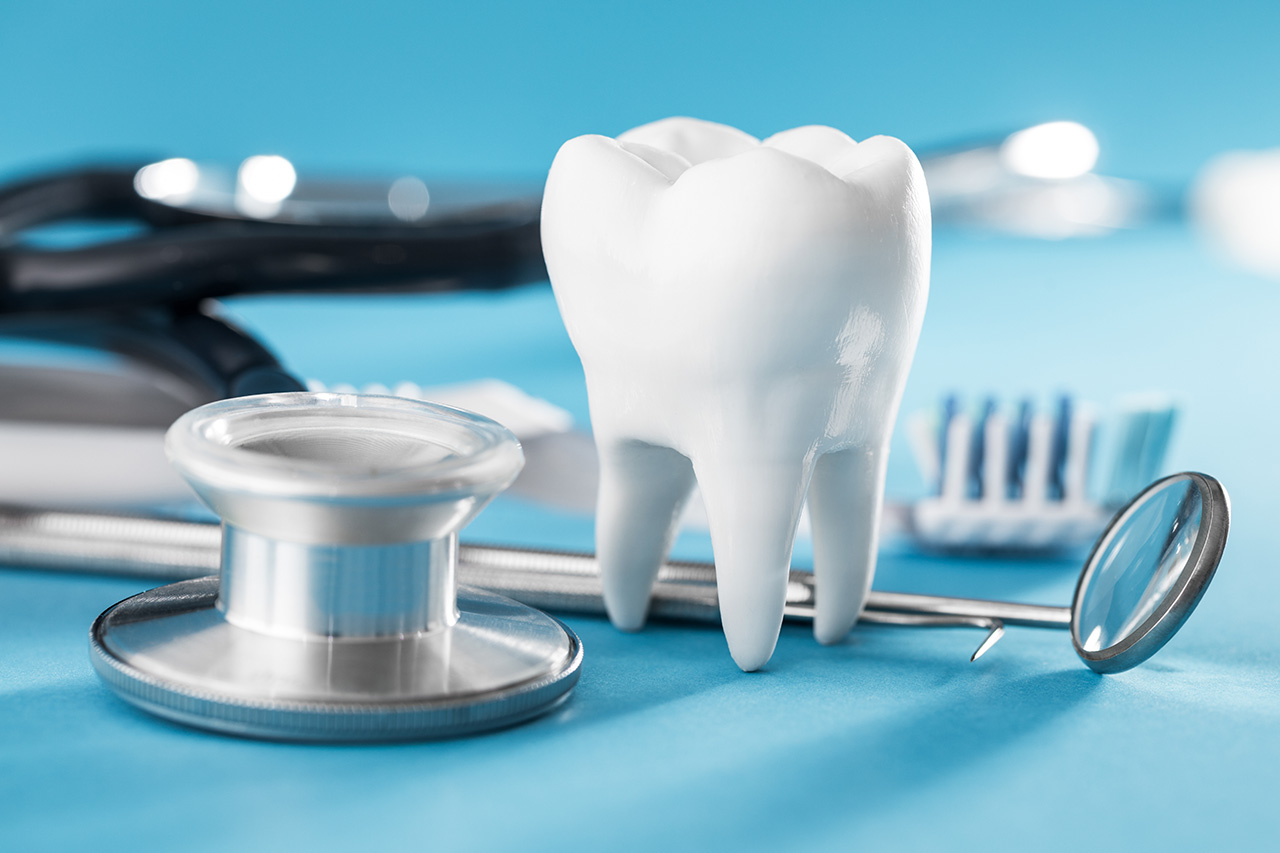
- Functional Impairment
- Aesthetic Concerns
- Speech Difficulties
- Preventing Tooth Migration
- Preserving Bone Health
- Improving Oral Health
- List Item #1
- List Item #2
- List Item #3
Types of Dental Fillings
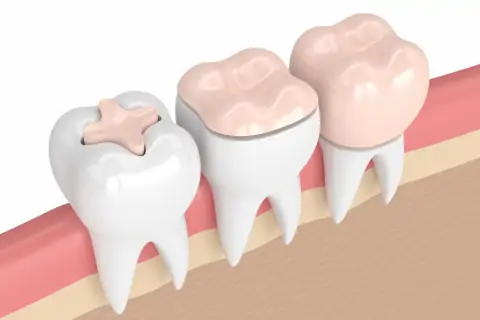
Amalgam Fillings
These are made from a mixture of metals, including silver, tin, copper, and mercury. Amalgam has been used for decades and is known for its durability.
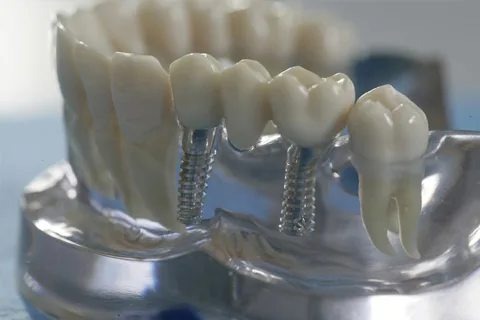
Composite Fillings
These are tooth-colored fillings made from a mixture of plastic resin and fine glass particles. They are aesthetically pleasing and blend seamlessly with natural teeth.
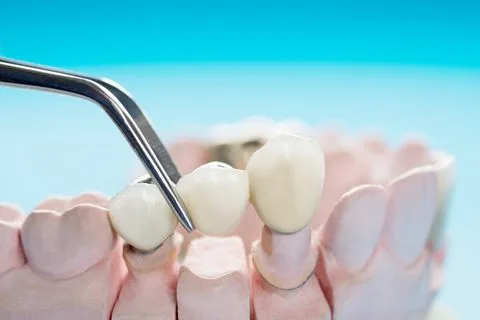
Anterior Tooth Loss
Anterior teeth refer to the front teeth, including incisors and canines. Missing anterior teeth can impact aesthetics significantly, and replacement options often prioritize cosmetic considerations.
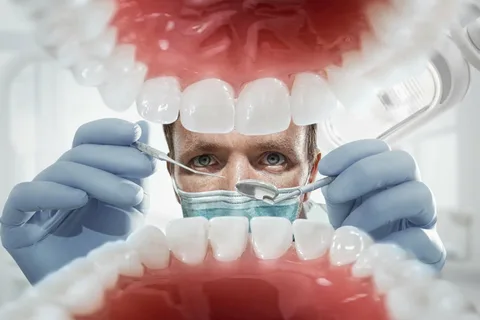
Posterior Tooth Loss
Posterior teeth include premolars and molars, located toward the back of the mouth. Missing posterior teeth can affect chewing efficiency, and replacement options focus on restoring functional aspects.
CAUSES OF DENTAL FILLINGS
Causes of missing teeth involves preventive measures, early intervention, and timely dental treatment. Regular dental check-ups, good oral hygiene practices, and prompt treatment of dental issues are essential in preventing tooth loss. Untreated cavities can lead to severe tooth decay, eventually requiring extraction if the damage is extensive. Advanced stages of gum disease, such as periodontitis, can lead to tooth loss as the supporting structures of the teeth are compromised.
Dietary Factors
Consuming sugary and acidic foods and drinks contributes to the growth of bacteria that produce acids, accelerating the decay process.
Poor Oral Hygiene
Inadequate brushing and flossing allow the accumulation of plaque, a sticky film of bacteria, which can lead to the demineralization of tooth enamel and the formation of cavities
Dry Mouth
Reduced saliva production, often caused by certain medications or medical conditions, can lead to a more acidic environment in the mouth, promoting tooth decay.
Existing Dental Work
Areas around existing dental restorations, such as old fillings or crowns, may be prone to decay if not adequately maintained.
Dental Fillings
Symptoms of Dental Fillings
- Tooth Sensitivity
- Pain or Discomfort
- Allergic Reactions
- Filling Damage or Wear
- Inflammation or Infection
- Discoloration or Staining
How To Take Care Missing Teeth
Taking care of your oral health, especially when you have missing teeth, is important to prevent complications and maintain overall well-being. Here are some tips on how to care for missing teeth:
Floss Regularly: Floss between your remaining natural teeth and around dental appliances to remove plaque and prevent gum disease. If you have dental bridges or implants, use floss threaders or interdental brushes for effective cleaning.
Use an Antiseptic Mouthwash: Rinse your mouth with an antiseptic or fluoride mouthwash to help control bacteria and maintain oral hygiene. Consult your dentist for recommendations based on your specific needs.
Visit Your Dentist Regularly: Schedule regular dental check-ups, even if you have missing teeth. Your dentist can monitor the health of your remaining teeth, assess your gum health, and address any concerns promptly.
Consider Dental Appliances If you have missing teeth, your dentist may recommend dental appliances such as bridges, dentures, or implants to restore function and aesthetics. Follow your dentist’s instructions for care and maintenance of these appliances.
FAQs
Dental fillings are materials used to repair and restore teeth damaged by decay, fractures, or other issues, helping to restore their function and appearance.
Decay is diagnosed through dental examinations and X-rays. Dental fillings involve removing the decayed portion of the tooth and filling the cavity with a restorative material.
The lifespan of dental fillings varies, but they typically last 5 to 15 years. Regular dental check-ups help monitor their condition and address any issues.
Yes, dental fillings can be replaced if they become worn, damaged, or show signs of deterioration. Regular dental visits aid in monitoring their condition.
The visibility depends on the filling material. Tooth-colored fillings (composite resin) blend with natural teeth, while amalgam fillings (silver) may be more noticeable.
It's common to experience temporary sensitivity after a filling, but it typically resolves. If persistent, it's essential to inform your dentist.

